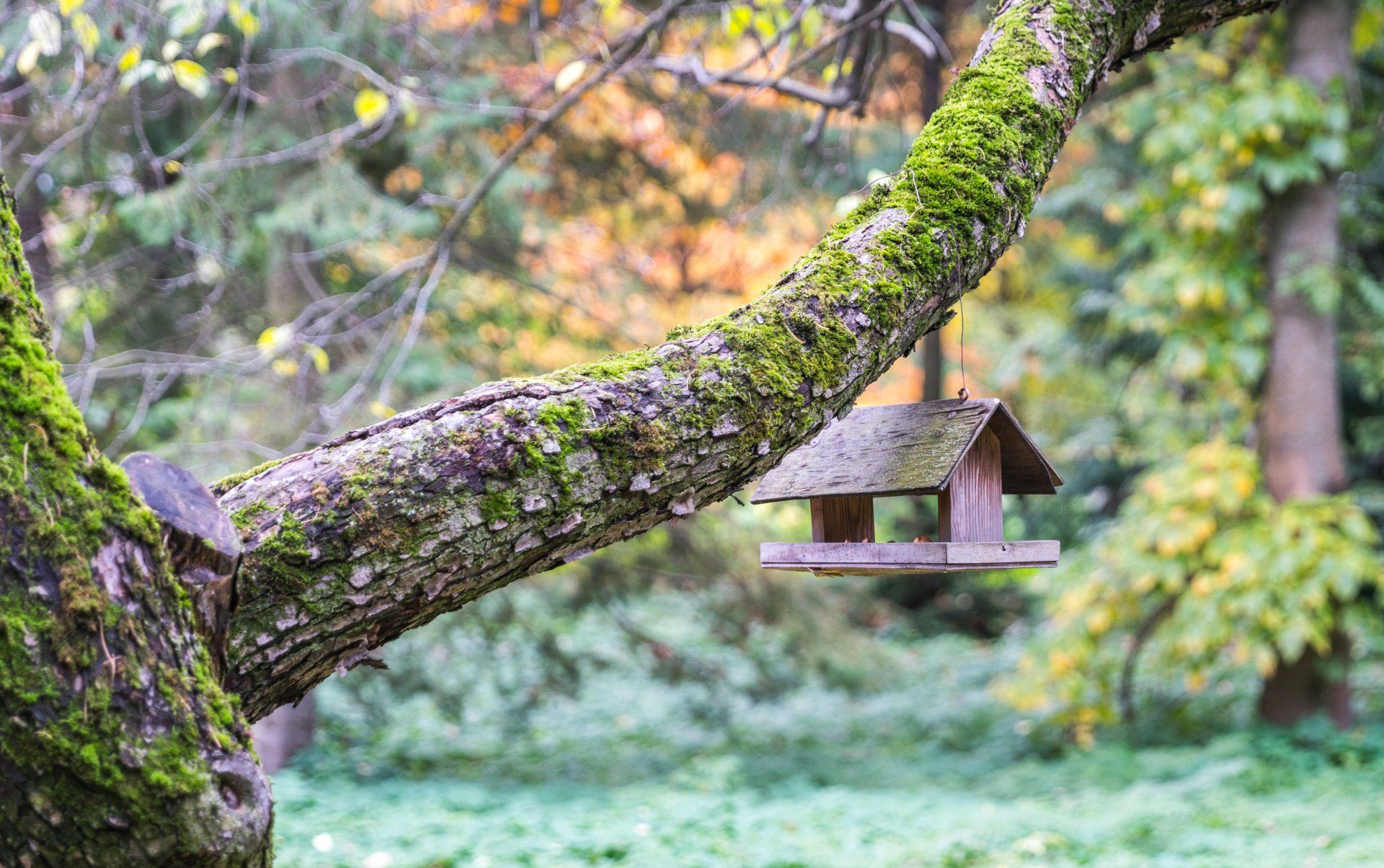When to Remove Trees
Nine Indications that a tree needs to be removed

Deciding to remove a tree from your property is not a decision to be taken lightly. Trees provide numerous benefits, including shade, beauty, and environmental impact. However, there are times when removing a tree becomes necessary for safety, health, or practical reasons. Here are some key signs that it might be time to consider removing a tree:
1. Poor Tree Health: If a tree is showing signs of poor health, such as leaf discoloration, dead branches, or fungal growth, it may be a sign of a serious underlying issue. Trees with severe health problems may not be able to recover and may need to be removed to prevent further damage or safety hazards.
2. Structural Issues: Trees with structural issues, such as leaning or multiple trunks, can pose a significant risk of falling. If a tree is leaning more than 15 degrees from vertical, it may be at risk of falling and should be inspected by a professional arborist.
3. Damaged Roots: Damage to a tree's roots can compromise its stability and health. Signs of root damage include soil erosion, exposed roots, and leaning. If a tree's roots are damaged, it may need to be removed to prevent it from falling.
4. Proximity to Structures: Trees that are too close to structures, such as homes, garages, or power lines, can pose a risk of damage if they fall. In these cases, it may be safer to remove the tree to prevent potential damage to property or injury to people.
5. Pest Infestation: Trees that are infested with pests, such as termites, can weaken and eventually die. If a tree is heavily infested and cannot be treated, it may need to be removed to prevent the spread of pests to other trees.
6. Disease: Trees that are infected with diseases, such as Dutch elm disease or oak wilt, may need to be removed to prevent the spread of the disease to other trees. Infected trees may also pose a risk of falling if their structural integrity is compromised.
7. Storm Damage: Trees that have been damaged by storms, such as lightning strikes or high winds, may need to be removed if they pose a risk of falling. Damaged trees can be unstable and may fall unexpectedly, causing damage or injury.
8. Obstruction: Trees that obstruct views, block sunlight, or interfere with the growth of other plants may need to be removed for practical reasons. Removing a tree that is obstructing a view or preventing other plants from growing can improve the overall aesthetics and functionality of your property.
9. Safety Concerns: If a tree poses a safety hazard, such as dropping large branches or interfering with power lines, it may need to be removed to eliminate the risk of injury or property damage.
In conclusion, deciding to remove a tree is a significant decision that should be made carefully. If you notice any of these signs, it may be time to consult with a professional arborist to assess the health and safety of the tree and determine if removal is necessary.
Book a Service Today
We will get back to you as soon as possible
Please try again later
Quick & Reliable
We are available 24/7 by email or telephone
All Rights Reserved | Pagoda Tree Services | Lead Gen Partner | Powered by Snapps


